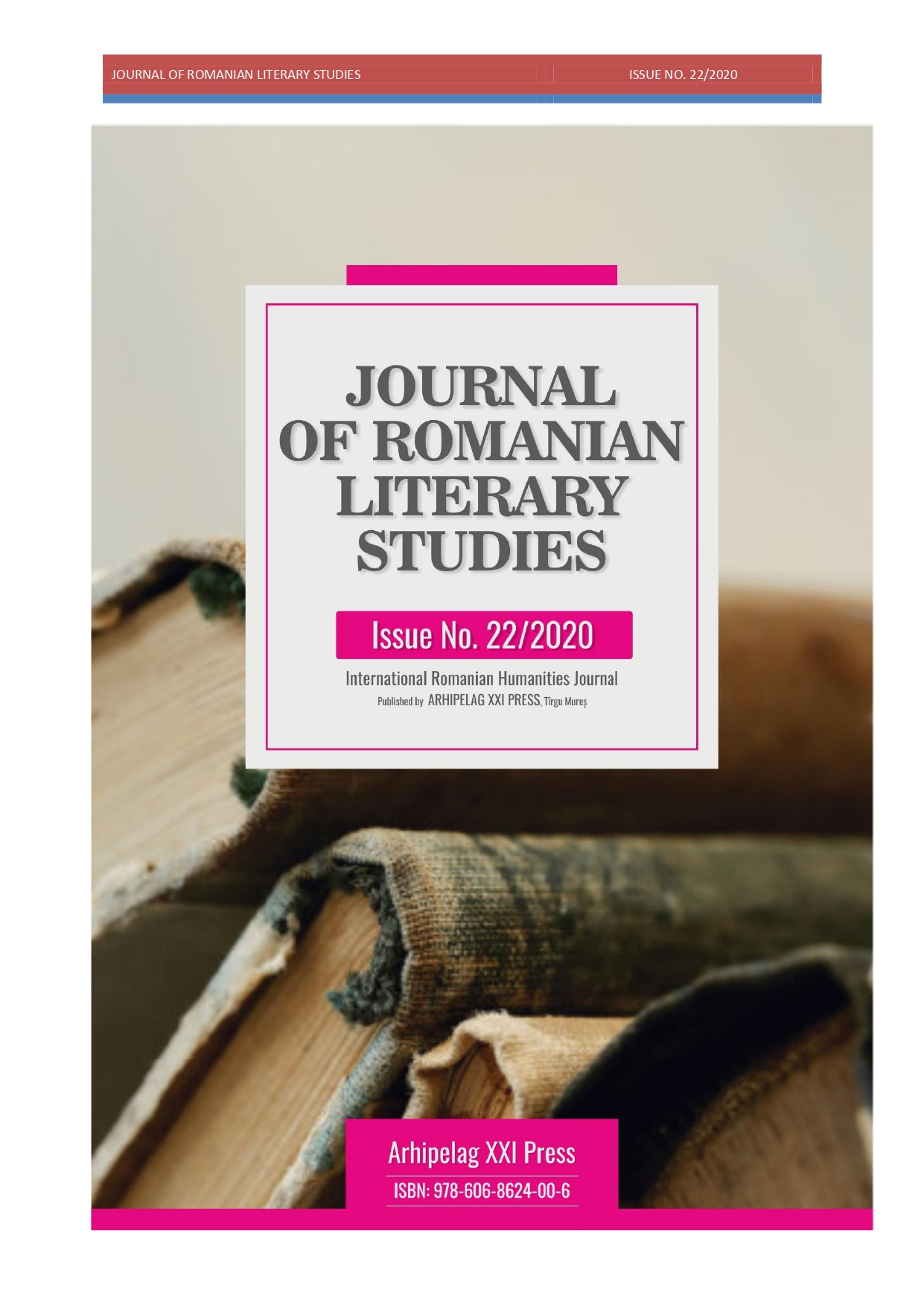TOLKIENIAN FANTASY CRITICISM – DEFINITION, ORIGINS, AND MYTHOLOGY
TOLKIENIAN FANTASY CRITICISM – DEFINITION, ORIGINS, AND MYTHOLOGY
Author(s): Ingrid RaduSubject(s): Literary Texts, Studies of Literature, Philology, Theory of Literature
Published by: Editura Arhipelag XXI
Keywords: fantasy; fairy-story; sub-creation; myth; children’s literature;
Summary/Abstract: J. R. R. Tolkien is widely famous for his Lord of the Rings and The Hobbit novels, being considered by many the best fantasy writer of all times. However, he is also an accomplished literary critic and one of the fathers of fantasy literary criticism. His essay, “On Fairy-stories,” focuses on the various aspects that any reader or writer of fantasy should take into consideration when indulging in this genre. This paper analyses Tolkien’s approach to defining the fantastic, his theory of the origins of fantasy, and his idea of myth, with special attention given to concrete examples. Furthermore, Tolkien’s hypothesis that fantasy should not be written specifically for children and young adults is also explored in-depth. The purpose of this paper is to shed light on tolkienian critical thinking in order to better understand both the famous novelist’s fiction, and fantasy literature as a whole, in an attempt to explain humans’ primordial desire for fantasy.
Journal: Journal of Romanian Literary Studies
- Issue Year: 2020
- Issue No: 22
- Page Range: 422-427
- Page Count: 6
- Language: English

